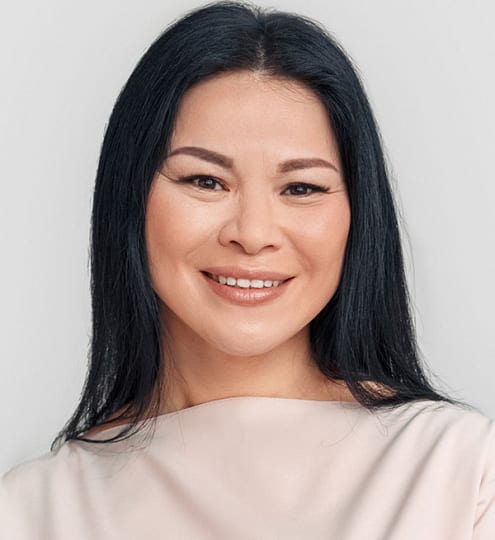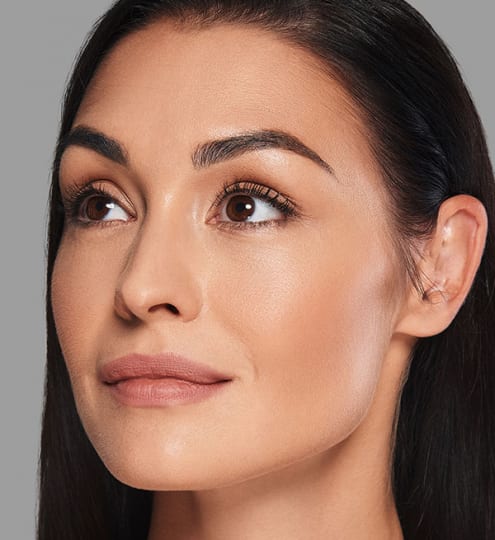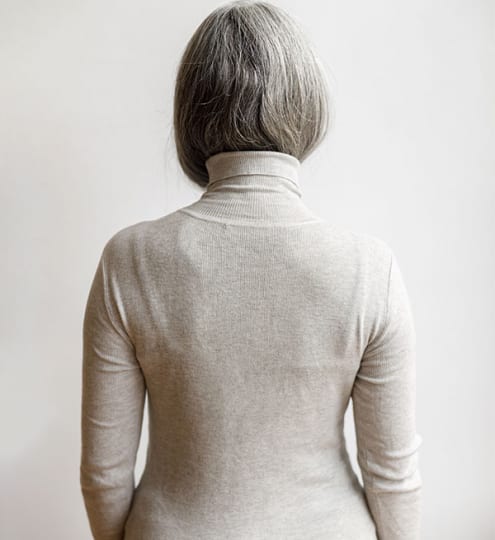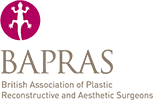Condition — face
Tired Face
A ‘tired face’ can be used to describe a number of facial concerns for which the ageing process is often the most likely cause. The signs of ageing are experienced by all adults, to varying degrees, with genetics often contributing to the way in which these conditions will emerge. Other factors, including: smoking, alcohol consumption, sun exposure and a poor diet can speed up the rate in which the ageing process develops, resulting in these concerns appearing earlier than preferred.
When the upper face presents the appearance with a tired look, forehead lines, crow’s feet, droopy eyelids, under eye bags and dark circles can be commonly associated concerns. The mid to lower part of the face experiences volume loss and sagging skin, with flat cheeks, a downturned mouth, marionette lines, nose to mouth lines, jowls and lip lines influencing a stressed and weary look. These concerns will usually arise from the loss of collagen and elastin from the biological structure of the skin, impacting the complexion’s youthful fullness and elasticity. The reduction in collagen levels affects the amount of underlying volume to the skin, providing less support to the surface layers which start to sag. This can be combined with descending fat pads and tired muscles, leading to the features losing definition and looking droopy.
Improving the appearance of a tired face often involves performing procedures that lift and tighten the skin, restoring the complexion’s firm and elevated look. Replacing lost volume to the dermis can refresh the overall appearance of the face, as well as strengthening the contouring of the features. Reshape & Restore have both surgical and non-surgical solutions for helping to rejuvenate the look of a tired face, including: a face lift, blepharoplasty, dermal fillers and microneedling.








